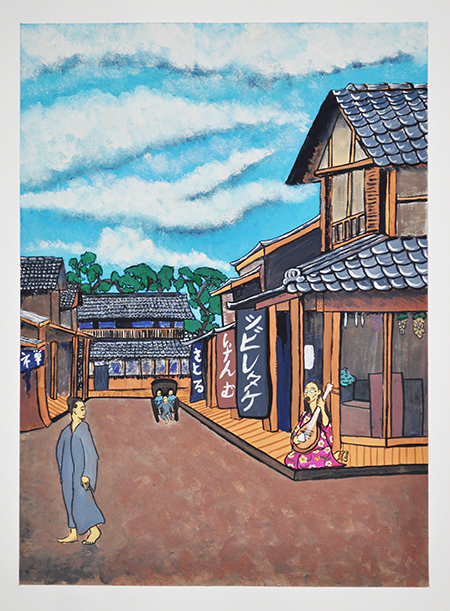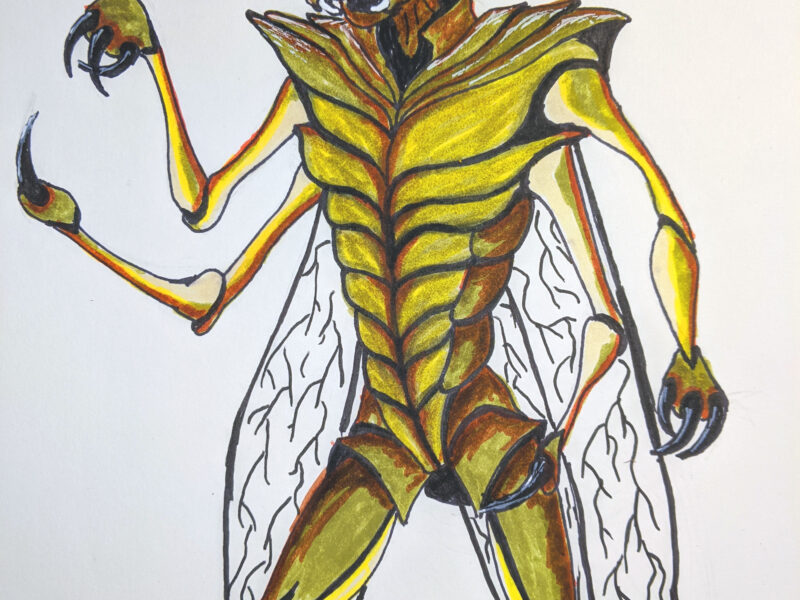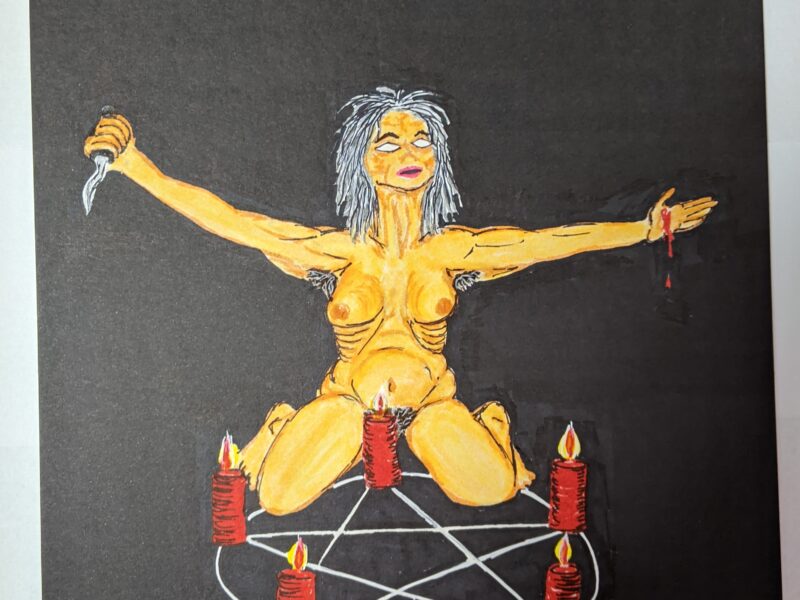This painting is another from my series inspired by Ukiyo E prints. It is an 18×24 gouache painting on heavy watercolor paper and features a Goze playing her Biwa for her keep on the street in medieval Japan.
As per my practice, here is some background on the subject of this painting.
The Tradition of the Goze in Japan
Overview of Goze Tradition Goze were blind female musicians in Japan who traveled from town to town, performing to earn a living. This tradition dates back to the medieval period and continued until the mid-20th century. The Goze were known for their musical talents and storytelling, and they occupied a unique place in Japanese society.
Class Composition
- Blind Women: The Goze class was exclusively made up of blind women. Being blind, they often faced limited opportunities for employment and social engagement. The role of a traveling musician provided them with a means to support themselves and gain a degree of independence.
- Social Marginality: Goze were considered part of the lower social strata. Despite this, they were often respected for their skills and the entertainment they provided. Their performances were a blend of music, storytelling, and oral history, contributing to the preservation of cultural narratives.
Instruments Commonly Played
- Shamisen: The shamisen, a three-stringed instrument played with a plectrum, was the primary instrument used by the Goze. It is known for its distinct, resonant sound and versatility, making it suitable for both music and narrative performances.
- Voice: Singing was an integral part of their performance. The Goze would sing traditional songs, folk tales, and ballads, often accompanying themselves on the shamisen.
- Percussion Instruments: In some regions, Goze also used small percussion instruments, like hand-held drums or bells, to add rhythm and emphasis to their performances.
Cultural Significance
- Storytelling: Goze performances were not just about music; they were also about storytelling. They often narrated local legends, historical events, and moral tales, thus serving as keepers of oral tradition.
- Community Role: In addition to providing entertainment, Goze were sometimes involved in religious and ceremonial events. Their songs and stories often had spiritual or moral undertones, adding a layer of cultural and religious significance to their role.
- Education: Through their narratives and songs, Goze educated communities about historical events, cultural values, and social norms. They were instrumental in keeping local traditions and histories alive, especially in rural areas.
Decline and Legacy
- Modernization: The tradition of the Goze began to decline with the advent of modernization and changes in social and economic structures in Japan. The introduction of new forms of entertainment, such as radio and cinema, also contributed to the decline of this tradition.
- Surviving Influence: Despite the decline, the legacy of the Goze lives on in contemporary Japanese culture. Their contributions to music and oral history are recognized and appreciated. Efforts to preserve their songs and stories have been undertaken by cultural historians and folklorists.
Conclusion The Goze tradition represents a unique facet of Japanese cultural history. These blind female musicians played an essential role in preserving and disseminating music and stories, contributing to the cultural fabric of Japan. Their use of the shamisen, combined with their vocal and narrative skills, allowed them to carve out a niche in society, despite the challenges they faced. While the tradition has largely faded, its impact remains evident in the appreciation of traditional Japanese music and storytelling.



